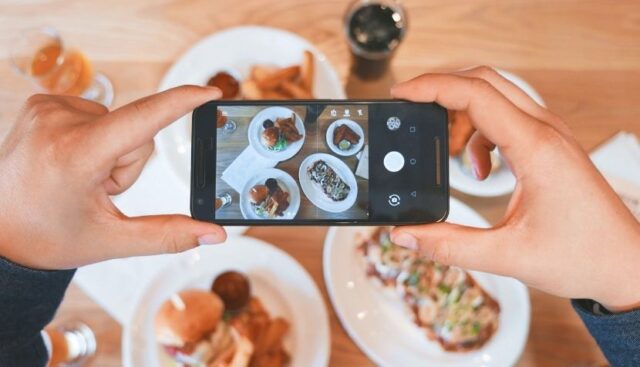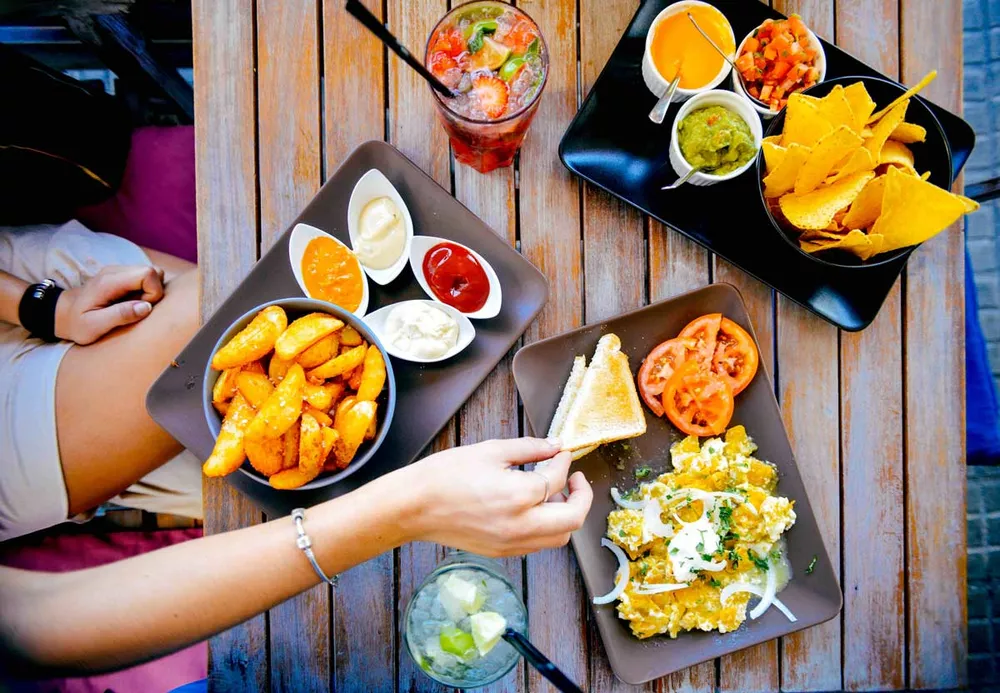In today’s digital age, having an efficient reservation system on your restaurant website is crucial for enhancing customer experience and streamlining operations. A reservation widget allows customers to book tables quickly and easily, making it a vital component of your online presence. Here are some tips for creating an effective reservation widget that meets both your restaurant’s needs and your customers’ expectations.

Table of Contents
Toggle1. Choose the Right Reservation System
Selecting the right reservation system is the foundation of your widget:
- Research Options: Look for reservation systems that integrate seamlessly with your website. Popular choices include OpenTable, Resy, and Hostme.
- Features to Consider: Ensure the system offers features like real-time availability, confirmation emails, and the ability to handle special requests (e.g., dietary restrictions).
- Mobile Compatibility: Choose a system that is mobile-friendly, as many customers will be making reservations from their smartphones.
2. Simplify the User Interface
A user-friendly interface is essential for encouraging customers to make reservations:
- Clear Design: Use a clean, simple design that highlights the reservation options without overwhelming users. Avoid clutter and distractions.
- Intuitive Navigation: Ensure that the widget is easy to find on your website and that the reservation process is straightforward. A step-by-step approach can help guide users through the process.
- Prominent Placement: Position the widget prominently on your website, ideally on the homepage and on a dedicated “Reservations” page.
3. Limit Required Information
To minimize friction in the reservation process, limit the information you require from customers:
- Essential Fields Only: Ask for only the necessary details, such as name, contact information, date, time, and number of guests. Avoid lengthy forms that may deter potential customers.
- Optional Requests: If you’d like to collect additional information (e.g., special requests), consider making those fields optional. This gives customers the choice without adding pressure.
4. Provide Real-Time Availability
Real-time availability is crucial for a smooth reservation experience:
- Live Updates: Ensure that the reservation widget updates in real-time to reflect available tables. This prevents double bookings and enhances customer satisfaction.
- Waitlist Options: If your restaurant is busy, consider implementing a waitlist feature that allows customers to sign up for alerts when a table becomes available.
5. Integrate with Your Calendar
Integrating your reservation system with your calendar helps manage bookings more efficiently:
- Sync with Business Hours: Ensure the widget reflects your actual operating hours and block off any times when your restaurant is fully booked or closed.
- Manage Staff Availability: If applicable, integrate the widget with your staff scheduling system to account for staff availability during busy times.
6. Send Confirmation and Reminder Emails
Automated communication can greatly enhance the customer experience:
- Immediate Confirmation: Send an immediate confirmation email once a reservation is made. This reassures customers that their booking is secured.
- Reminder Emails: Consider sending reminder emails or texts closer to the reservation date to reduce no-shows and keep your restaurant top of mind.
7. Make it Easy to Cancel or Modify Reservations
Customers appreciate flexibility when it comes to their reservations:
- Cancellation Options: Allow customers to easily cancel or modify their reservations through the widget or via a confirmation email. This convenience can enhance their overall experience and encourage repeat bookings.
- Clear Policies: Clearly communicate your cancellation and modification policies to avoid confusion or frustration.
8. Optimize for Mobile Devices
A significant number of customers will use their mobile devices to make reservations:
- Responsive Design: Ensure that your reservation widget is responsive and works seamlessly on various devices, including smartphones and tablets.
- Test Functionality: Regularly test the widget on different devices and browsers to ensure that it functions properly and provides a good user experience.
9. Incorporate Customer Feedback
Listening to your customers can help improve your reservation process:
- Feedback Surveys: After dining, consider sending a brief survey to customers asking about their reservation experience. This can provide valuable insights for enhancements.
- Review and Adjust: Regularly review customer feedback to identify common pain points and make necessary adjustments to your reservation widget.
10. Promote Your Reservation Widget
Once your reservation widget is live, promote it effectively:
- Website Banners: Use banners or pop-ups on your website to draw attention to the reservation widget, especially during peak dining times.
- Social Media and Email Marketing: Promote your reservation widget through social media channels and email newsletters. Highlight any special events or promotions that may encourage reservations.
- In-House Promotion: Train your staff to encourage customers to use the reservation widget when dining in or calling, especially if they express interest in returning.
Conclusion
Creating an effective reservation widget for your restaurant website can significantly enhance customer experience and streamline your booking process. By selecting the right reservation system, simplifying the user interface, and promoting real-time availability, you can create a seamless experience that encourages customers to make reservations with ease. Regularly gather feedback and make necessary adjustments to ensure your reservation system continues to meet the needs of your customers and your restaurant. With the right approach, your reservation widget will become a valuable asset for your business, driving both customer satisfaction and loyalty.


No responses yet